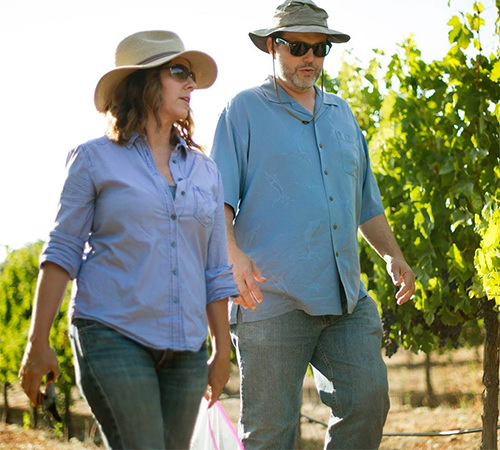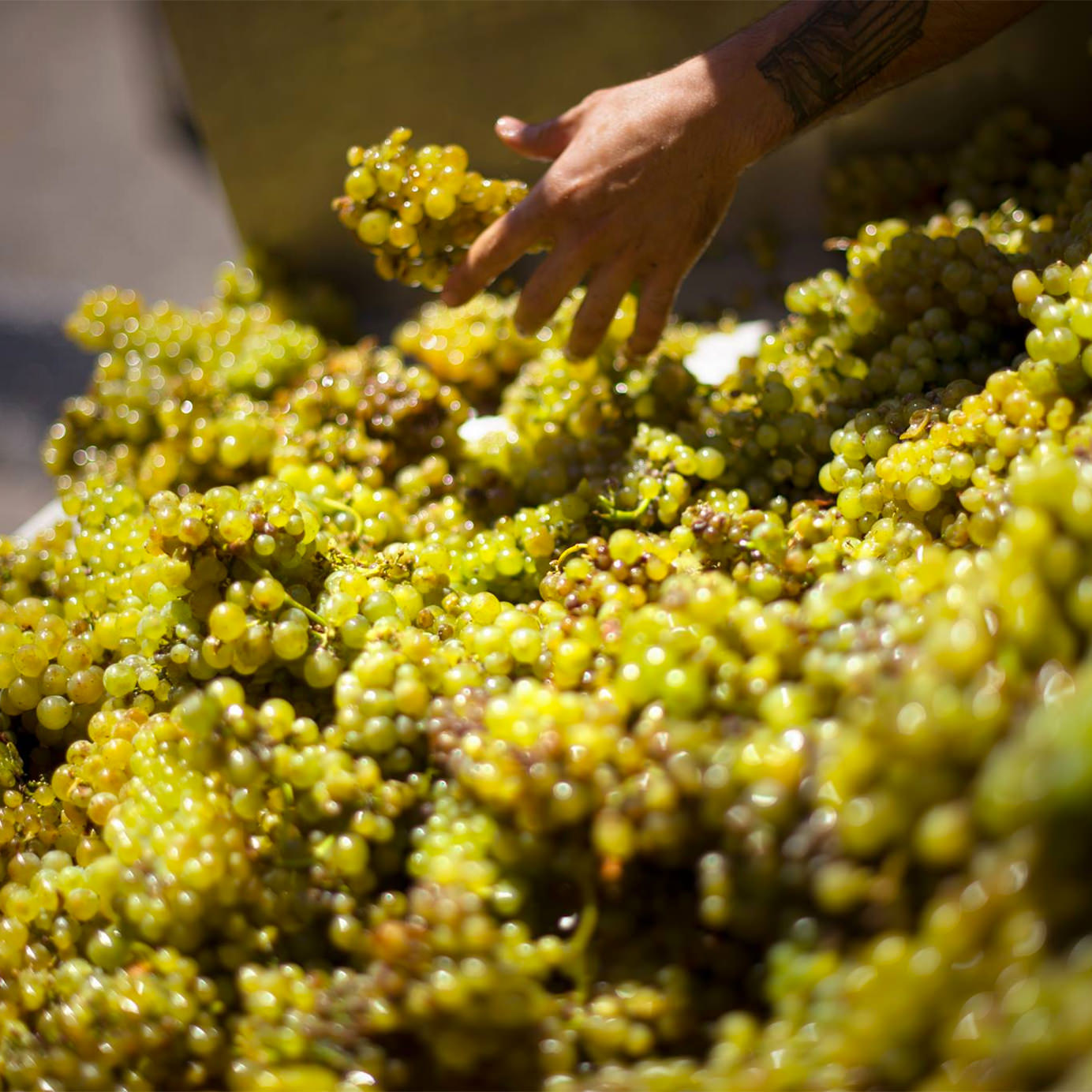Most of us have a pretty good idea of how we’re supposed to be eating — less sugar, more fiber, more good fats. Shop local, pay attention to labels, blah blah blah. We know the drill.
If you try to hold your wine to a similar standard of transparency, however, you’ll end up frustrated. There’s no requirement for winemakers to list their ingredients. Anywhere.
Unlike most of what we consume, wine is not regulated by the Food and Drug Administration, part of Health & Human Services. It falls under the purview of the Alcohol and Tobacco Tax and Trade Bureau, part of the U.S. Treasury. While winemakers do have to prove that their ingredients are safe, they don’t have to list them. A winemaker can add sugar before or during fermentation in a process called chaptalization, potato protein isolate or polyvinyl-pyrrolidone (try saying that five times fast), or many others, and the consumer has no way of knowing.
That’s where Donkey & Goat comes in. Pick up a bottle of anything made by this Northern California winery and you’ll see an ingredients list that reads, “Hand-Harvested Grapes and Sulphur” or, sometimes, just “Hand-Harvested Grapes.” Grab a bottle of wine made by almost anyone else, and look as hard as you want for its ingredients. You probably won’t find them. Even a thorough internet search is bound to leave you empty-handed.
Donkey & Goat started labeling the ingredients on some 2014 wines after owner and winemaker Jared Brandt read that Ridge Vineyards in Cupertino, Calif. had started sharing theirs publicly. Brandt adopted the practice as “a way to explain our wines and be transparent,” he says

The company describes itself as making “natural wines,” complete with quotation marks. Its grapes are sustainably (and, in some cases, biodynamically) grown on Sierra Nevada, Mendocino, and Napa farms, and the only thing winemakers ever add in the cellar is sulfur, and even that is used minimally and sometimes not at all.
“Sulfur is complicated,” Brandt says. Many consumers have a hazy idea that sulfites are added to wines, and that we’re not supposed to be fans of that for some reason, but we don’t really know why. Headaches, maybe? Off-tasting juice? Asthmatic fits? Whatever the outcome, it doesn’t sound good.
Winemakers are legally required to inform consumers when their wines contain sulfites, though only when there’s 10 milligrams or more per bottle.
“Wine is allowed to have 125 PPM [parts per million] sulfur for reds and 200 PPM for whites,” Brandt says. This translates to 125 milligrams per liter for reds, and 200 milligrams per liter for whites. “Dried fruits can have between 500 and 2,000 PPM of sulfur,” he says.
Donkey & Goat wines that do contain sulfur have 25 PPM. “Some books say sulfur is a byproduct of fermentation,” Brandt says. “I don’t think this is true. We have made wines that have zero detectable SO2.” Donkey & Goat’s Pet-Nat and Gigi wines contain zero sulfur.
“Many other winemakers add commercial yeast to try and get specific flavors,” Brandt says. “Then they add DAP [diammonium phosphate] and yeast nutrients to make that yeast work better. Tannins to make it more tannic. Acid for balance. The list goes on.” Some of the weirder ingredients wineries use include gum arabic, or acacia, to round out tannins, and “fish bladder for fining,” Brandt says.
Ingredients labels, or the lack thereof, speak to the ways certain laws prioritize companies’ marketability over consumer awareness.
“Many ingredients are not required by law to be listed in any product,” Brandt says, “In fact, they qualify as ‘production aids.’” Velcorin, for example, is an organic dimethyl dicarbonate (DMDC). It’s a popular stabilizer used to quell yeasts and bacterial growth in juices, sports drinks, and wines. DMDC is becoming increasingly controversial, though. It’s toxic for at least the first four hours after it’s added to a liquid, Brandt says. Despite a scary-sounding list of potential hazards, including corrosive runoff and combustible vapors, companies are not legally required to disclose when they’ve added DMDC to their products to consumers.
“Producers are afraid consumers would care and thus have lobbied to have it as an exemption and not required to be labeled,” Brandt says. “Who wants to buy ‘fresh-squeezed orange juice’ if that’s in there, too — which I have been told is very common,” he adds.
There’s something comforting about knowing exactly what goes into your glass, for sure, but transparent labeling surpasses sentimental marketing, or touchy-feely hyphenates like “all-natural” or “farm-fresh.” Food allergies, digestive disorders, and other health concerns are on the rise, both in terms of anecdotal awareness and medical diagnoses. As a result, many of us are scratching our heads and looking for ways to adjust diets and lifestyles.
Learning what’s in everything we consume, be it a fast-food cheeseburger or Napa Valley Sauvignon Blanc, empowers us. We ask better questions of our doctors, our food providers, and ourselves.
And we especially appreciate those who give us the answers, free of charge, without our even having to ask.
